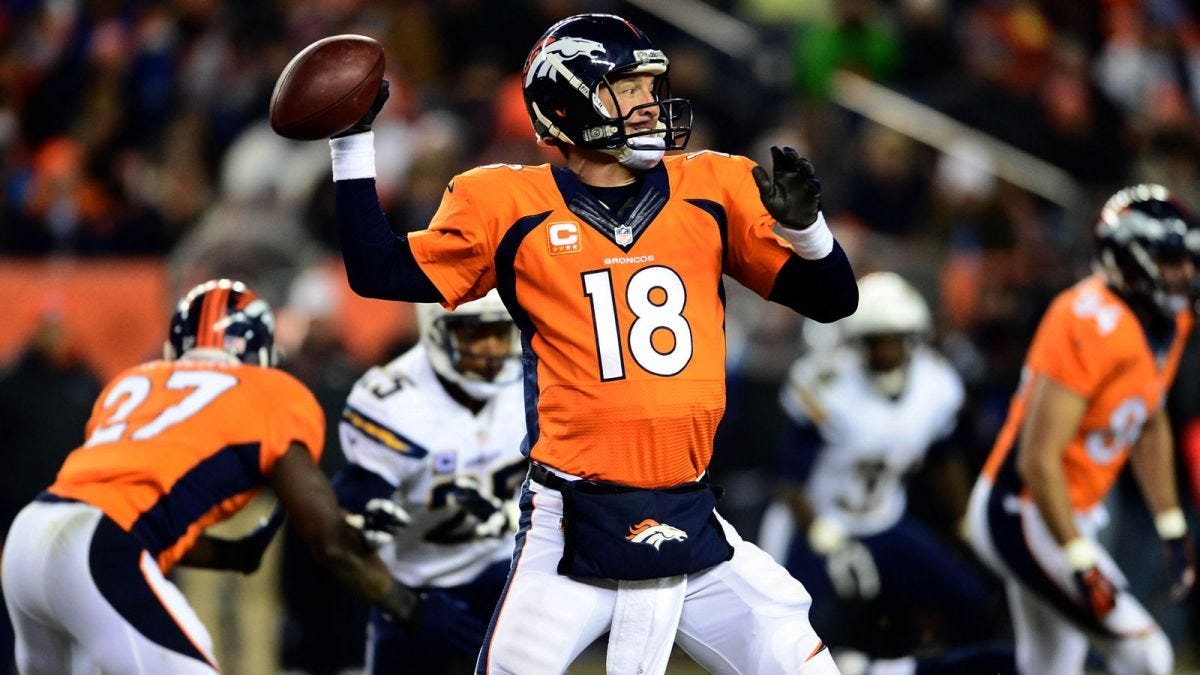
What Peyton Manning and Cam Newton have in common with great startups
Feb 2, 2016
I found myself referring to the kinesthetic chain of a business over the last couple of weeks, to the bafflement of a couple unsuspecting founders. Perhaps Super Bowl 50’s arrival in the Bay Area has permeated my subconscious, where business analogies are generated.
When you throw a football, you plant your feet to create a solid foundation or platform. The next movement is a slight turn of the hips, which harnesses the power of your core to initiate body rotation. This combination of hip and body rotation pulls the shoulder and elbow before the final snap of the wrist sends the ball spinning towards its target. Quarterbacks with poor technique often rely more heavily on their arms , which doesn’t generate nearly as much power. It prevents them from throwing deep balls or long sideline routes accurately, and makes them susceptible to injury. But watch Cam Newton or Peyton Manning throw a football and you see a nearly perfect Kinesthetic Chain — the series of movements that generate maximum power with maximum efficiency.
So what does any of this have to do with start ups?
The kinesthetic chain of a start up is your target customer, product, pricing, sales and marketing strategy and execution, also know by the handy acronym CPPSM. Netscape CEO, Jim Barksdale used to say, “when companies get all the wood behind one arrow, they can generate incredible power.” On the other hand, misalignment leads to wasteful “leakage” of human energy, organizational and departmental conflict, and slower growth.
In this analogy, the product is the hips — the core of power generation. Companies with incredible product market fit can grow very quickly and efficiently; it is the core engine on top of which everything else sits. Silicon Valley at large gets the primary of product. However, just as the throw begins with the target, product market fit starts with target customer. Is Peyton throwing an underneath route to Broncos Tight End Demaryius Thomas or down the field to wide receiver Emmanuel Sanders? You can be sure that he will set his feet differently to create the right platform for each of those throws. We see a lot of companies that have built visually appealing products without answering the question, for which target audience? In the SaaS landscape, that means knowing whether your product is sold to a specific line of business or to IT, Is or knowing if it is a product that serves the SMB, mid-market, or enterprise segment.
Focusing on the right target determines your sales and marketing motion and alignment is how you put points on the board. Target customer defines the strength of your value proposition, what features are “must haves”, what price you are able to charge, and whether you need to build for maximum scalability or ease of deployment and a simpler interface. In turn, these elements help determine whether to target a small group of customers with outbound selling (which implies higher price points) or build a wide funnel of leads with content marketing and a high velocity qualification and sale process or a free trial product that prospects can try on their own.
To be clear, neither of these go-to-market approaches is any better than the other. The point is that each element is inextricably linked to the rest of the chain. A later stage investor can simply look at your LTV:CAC ratio or magic number to quickly determine whether the motion is efficient without even understanding what it is. As an early stage investor, we need to analyze the motion (or the theory of the future motion) to figure out if we think it will work. As a founder or CEO, you need to focus on running a series of experiments to determine which tactics are right for your company and how they can be integrated into a highly efficient kinesthetic chain.
Beware the trap of believing you’re Cam Newton and you can just line up and play. To his credit, even Cam (a singular talent) has invested heavily in becoming a great NFL quarterback that understands the defense, targets the right receiver and has great throwing fundamentals to deliver the ball with power and accuracy. Take the time to define each element of your Kinesthetic Chain. You’ll get to your goal and put points on the board much faster.

